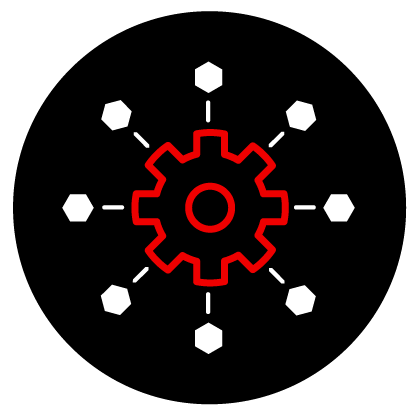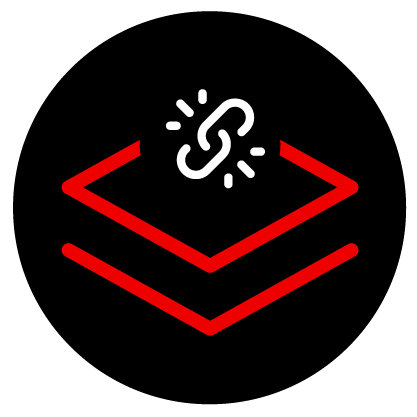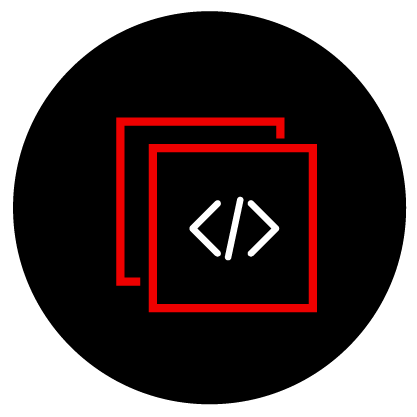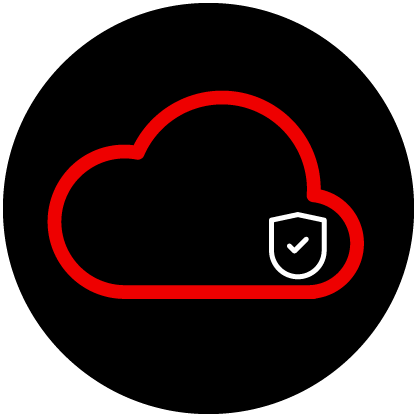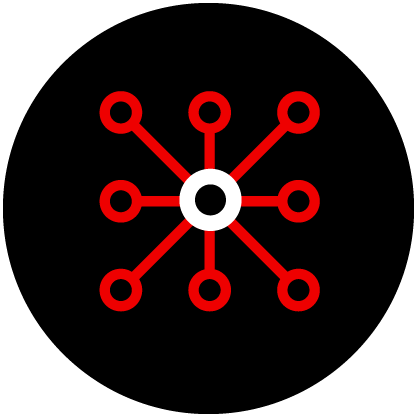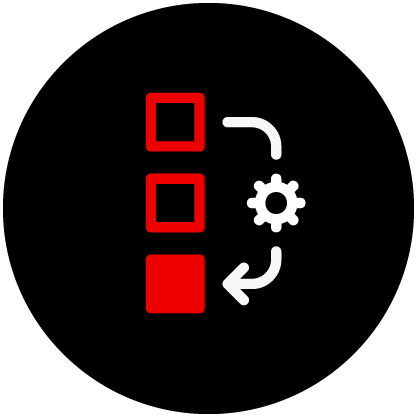System design and architecture
All things around detailed planning and specification of a system's components and interactions to build applications for the modern hybrid cloud.
Modern system design and architecture grapple with an increasingly interconnected and complex environment marked by diverse data sources, intricate user needs, and rapidly changing technologies. Evolving systems have become more distributed, necessitating innovative, resilient, scalable, and manageable designs. System design and architecture play a pivotal role, providing a blueprint for seamlessly organizing and integrating various system components. With a properly planned design, these complex systems can successfully meet the demands of modern computing, ensuring smooth functionality and fulfilling user expectations.
The shift toward hybrid cloud environments has further emphasized a need for proper design. These hybrid cloud strategies have become the norm, combining the strengths of public and private clouds while letting you retain control over sensitive information.

Architecting for hybrid cloud
Organizations can host these architectures on various infrastructure platforms. One option is a hybrid cloud approach where the IT team places multiple components in the appropriate infrastructure.
They may place some system elements, like web services or databases, inside a private data center while putting others in a public cloud. They can architect the system to share data seamlessly between on-premises and cloud-hosted services. This hybrid approach promotes flexibility.
A hybrid approach enables IT teams to control security and costs while having the ability to scale quickly in the public cloud.

Recent system design & architecture articles
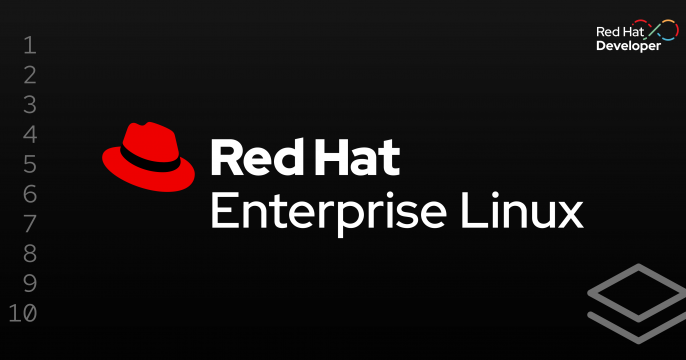
Learn about the benefits and security features of image mode for Red Hat...

This article explains how a new feature in Red Hat Container Platform 4.17...
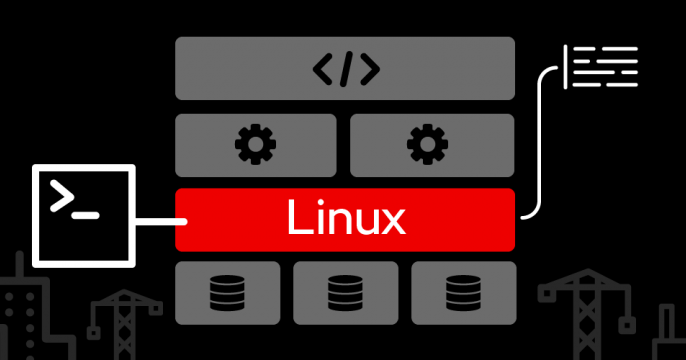
An examination of the impact of VXLAN encapsulation on throughput and CPU...

Learn how to make informed choices about versioning container images.

Learn how to manage workloads using image mode for RHEL and set up a build...

Get an overview of VRF domains on Linux and how they work in combination with...
